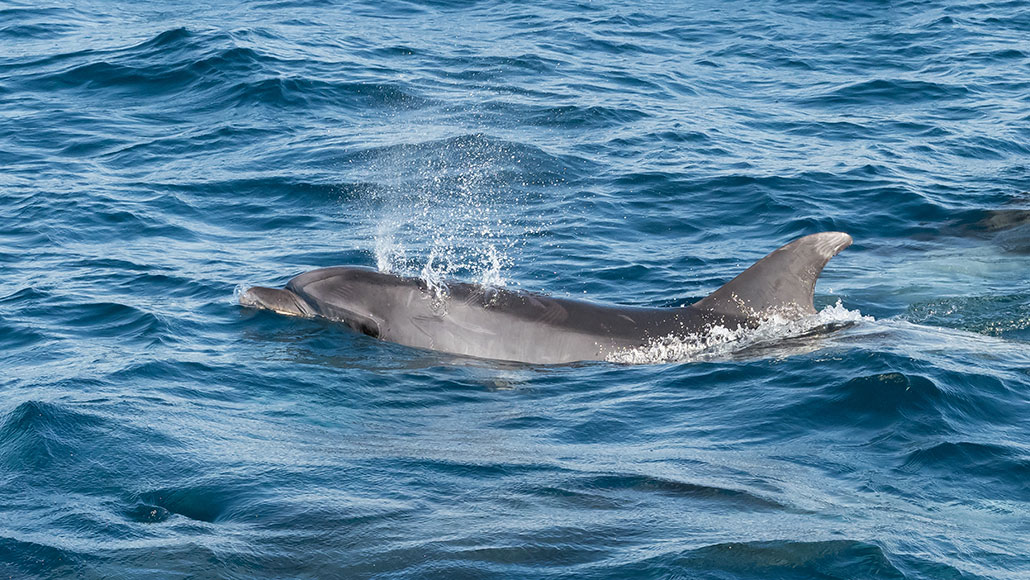
Researchers analyzed the fluid dynamics of the plume expelled when an Atlantic bottlenose dolphin exhales. Drones could monitor dolphins’ health by capturing some of the spray.
Sue Robinson/Shutterstock

Researchers analyzed the fluid dynamics of the plume expelled when an Atlantic bottlenose dolphin exhales. Drones could monitor dolphins’ health by capturing some of the spray.
Sue Robinson/Shutterstock